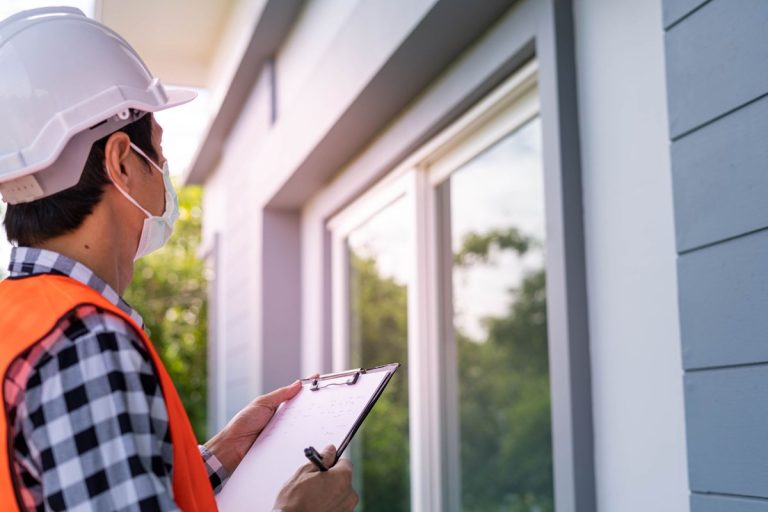Construction and property investment are only possible with building inspections. One of the most important assessments is timber pest inspections. Timber pests cause millions in property damage each year. Knowing how important they are protecting valuable investments. Professional inspections protect against future problems.
Understanding timber pest inspections
The inspection process
Professional inspectors follow systematic approaches. They look everywhere. Hidden issues are detected with thermal imaging tools. The moisture meters locate risky areas. Damage extent is revealed by physical probing. Visual inspections cover exposed surfaces. All findings are documented in detail in reports. Recommendations guide necessary actions.
Critical areas for inspection
Careful examination of subfloor areas is needed. Many problems are hidden in roof voids. External timber structures are constantly exposed. Early signs often show up in window frames. There is no avoiding checking door frames. As a result, deck structures need special attention. Entry points are provided by fencing. Pests may live in garden structures.
Technology in pest detection
Modern timber pest inspections on tools are accurate. Thermal cameras make infestations visible. Moisture detection devices identify risk areas. Sonic detection equipment finds active pests. Fiber optic cameras are used in tight spaces. Digital reporting systems ensure everything is done properly. Technology improves inspection quality.
Construction materials and risk
Different pests are attracted to different timbers. Vulnerability is affected by treatment methods. Construction techniques determine the risk. Protection is impacted by material selection. Exposure is affected by design features. Preventive treatments provide protection. Quality of material is important. Choices improve if you understand them.

Prevention strategies
Design choices affect pest resistance. Physical barriers afford protection. Chemical treatments provide solutions. Regular maintenance prevents problems. Proper drainage reduces risks. Ventilation helps prevent decay. Professional advice guides choices. Pest resistance needs to be addressed on an ongoing basis.
Treatment options
Chemical treatments offer solutions, while physical barrier systems are well suited. Baiting systems provide alternatives. Success synergizes with combined approaches, and professional application ensures safety. Outcomes depend on treatment choices, and decisions are made based on cost. Methods differ in effectiveness.
Property value impact
Condition is reflected in property values. Sales are affected by inspection history. Value increases Buyer Confidence. Pricing is backed by documentation. They matter a great deal in the market. Reports from the professional add to the confidence. Maintenance is needed for value protection. Costs are justified by investment protection.
Maintenance planning
Regular maintenance prevents problems. Inspection is scheduled to monitor. Treatment is more expensive than prevention. Outcomes are better when you have professional guidance. It helps reduce unexpected issues. Forethought is needed for budget allocation. Coordination is needed for implementation. Success requires commitment.
Summary
Pre purchase timber pest inspections are a crucial investment in construction and property maintenance. Success is based on professional partnerships. Property value continues to be protected through regular assessment. Long term dividends are made from investing in inspections. The cost of inspection is justified based on property value protection.

